Are latex balloons and latex gloves made by the same production process?
When I first entered the balloon industry, I often wondered if the manufacturing processes for latex balloons and latex gloves were similar. This thought crossed my mind many times.
Yes, the core production processes for latex balloons1 and latex gloves2 are very similar. Both products rely on dipping formers into liquid latex. The main differences lie in specific formulations, quality control3s, and finishing processes tailored to their end uses.
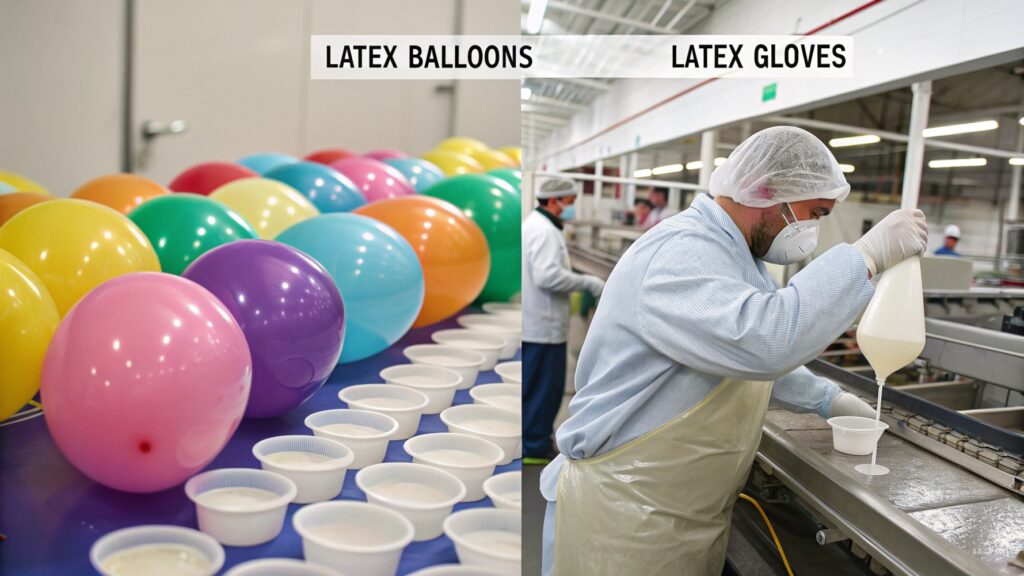
It makes sense to think that way. At AIHUA BALLOON, we have seen how similar the base material is. This really got me thinking about how these two seemingly different products are made.
Are the manufacturing processes for latex balloons and latex gloves identical?
Are the manufacturing processes for latex balloons and latex gloves identical? Many people ask this. It's an interesting question.
No, the manufacturing processes for latex balloons and latex gloves are not identical, but they share many similarities. Both use natural rubber latex4 and a dipping method5. However, the exact steps and chemicals used differ for each product's specific needs and purposes.
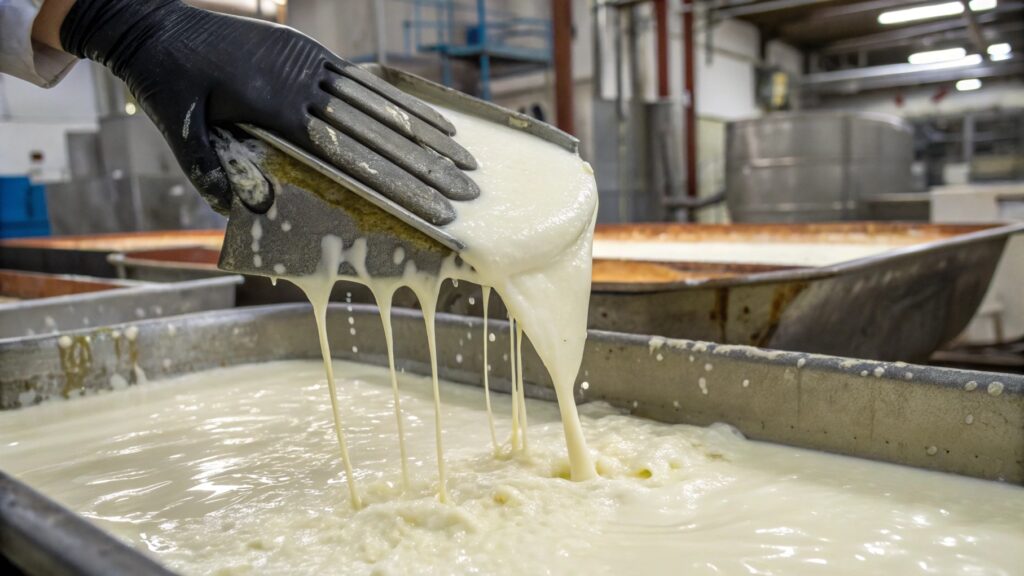
When you look closely, you see the similarities and differences. I have spent years understanding these production lines. For example, both processes start with preparing the latex. Then they dip forms into the latex.
Differences in Materials and Additives
- Latex Balloons: We add pigments for various colors. We also add other chemicals to make them stretchier and more durable. We need them to inflate well.
- Latex Gloves: Manufacturers add chemicals for strength, elasticity, and puncture resistance6. Medical gloves need to be sterile. Household gloves need to be durable for cleaning.
Dipping and Curing Processes
- Latex Balloons: We dip the balloon molds. Then we dry them. We repeat this for thickness. Curing happens at certain temperatures. This sets the latex.
- Latex Gloves: Glove molds are dipped. They might be dipped multiple times for thickness. Curing temperatures are precise. This ensures the gloves meet safety and strength standards.
Quality Control and Testing
- Latex Balloons: We test for inflation, color consistency7, and leakage. We want them to look good and hold air.
- Latex Gloves: They go through rigorous testing. This includes tests for pinholes, tensile strength8, and viral penetration. Medical gloves have very strict requirements.
The basic action of dipping is the same. But everything around that dipping changes based on the final product.
Do latex balloon factories use the same machinery as latex glove manufacturers?
Do latex balloon factories use the same machinery as latex glove manufacturers? Is it possible to use the same equipment for both?
No, latex balloon factories do not use entirely the same machinery as latex glove manufacturers, though some core components are similar. Both use dipping lines and ovens. However, the specific molds, chemical tanks, and finishing equipment are designed for each product's unique shape and intended use.
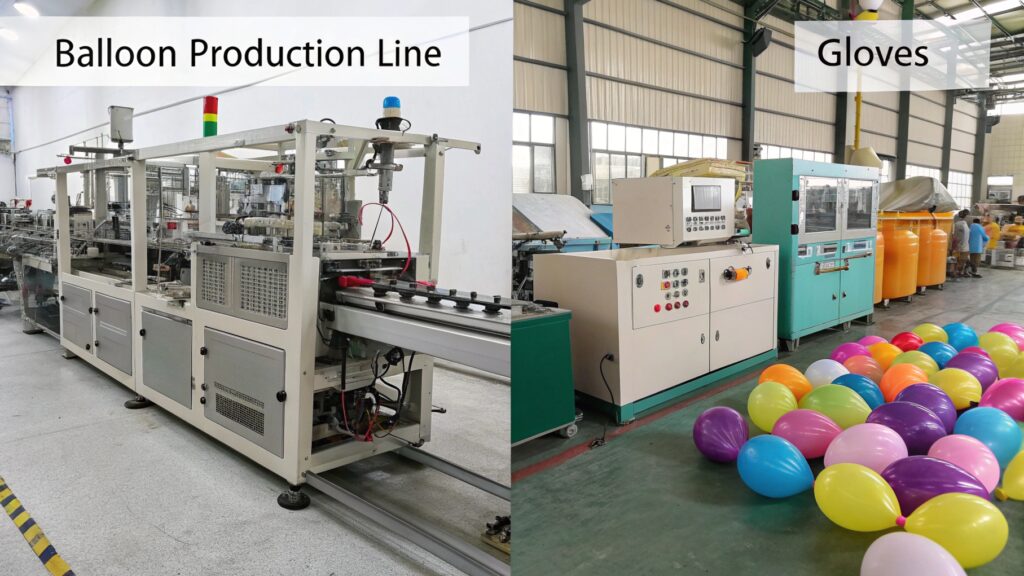
When I visit different factories, I always notice the specific setups. For instance, the molds are totally different. This affects the entire line. The drying and curing ovens might look similar on the surface. But their internal settings are very specific.
Shared Core Machinery
- Dipping Lines: Both use a conveyor system. This moves the molds through different tanks. These tanks hold latex and other solutions.
- Ovens: Both use ovens for drying and curing. The temperature and humidity control are critical. This ensures the latex forms correctly.
- Washing Stations: Both use washing stations. This removes excess chemicals. It also cleans the final product.
Specialized Machinery
- Mold Shapes: Balloon molds are typically round or oval. Glove molds are shaped like hands. This is a very clear difference.
- Beading Machines: Balloon factories use beading machines9. They create the neck of the balloon. Glove factories use different machines for cuff rolling.
- Stripping Machines: Both have stripping machines. These remove the finished product from the mold. But they are adapted for balloons or gloves.
- Packaging Equipment: Packaging lines are very different. Balloons need to be packed for retail. Gloves are often packed in sterile boxes.
The fundamental idea of a "dipping line" is shared. But the details for each product mean the machines are customized. My experience tells me that while the concept is shared, the machines are not interchangeable without major changes.
What are the key differences in production methods between latex balloons and latex gloves?
What are the key differences in production methods between latex balloons and latex gloves? Is it just the shape?
The key differences in production methods between latex balloons and latex gloves involve specialized dip cycles, curing processes10, and post-production treatments. While both use latex dipping, gloves require stricter sterilization11 and strength standards, while balloons focus on elasticity and color.
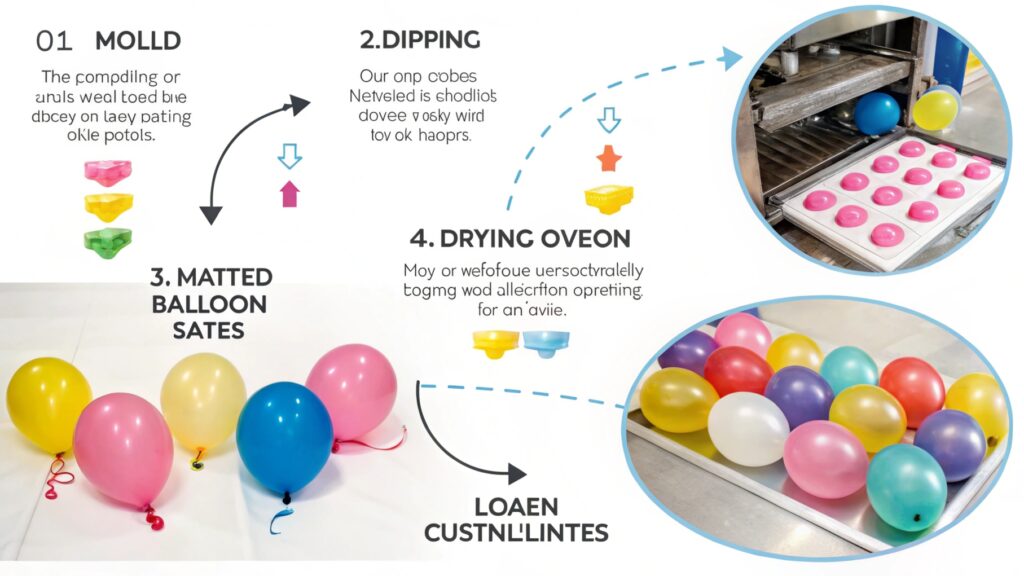
I've learned that small changes in process lead to big differences in the final product. At AIHUA BALLOON, we fine-tune our processes for balloons. We make sure they are vibrant and durable. Glove manufacturers do the same, but for protection.
Production Method Comparison
| Feature | Latex Balloons | Latex Gloves |
|---|---|---|
| Primary Goal | Decoration, entertainment, elasticity, vibrant colors | Protection, barrier, strength, puncture resistance |
| Molding Process | Simple, often rounded forms; inflated after stripping | Complex hand-shaped forms; precise sizing |
| Chemical Additives | Pigments, softeners, elasticity enhancers | Strengthening agents, anti-stick agents, allergens |
| Curing Process | Optimized for elasticity and durability for inflation | Optimized for barrier integrity and tensile strength |
| Post-Production | Inflation tests, color checks, packaging | Sterilization (for medical), leak tests, rigorous quality checks |
| Quality Control Focus | Visual appeal, inflation performance, air retention | Barrier integrity, tensile strength, pinhole defects, sterility |
Consider the specific use cases. A balloon needs to inflate easily. It needs to hold air and look good. A glove needs to protect hands. It may need to be a barrier against pathogens. These different needs drive changes in every step of production. The precision required for medical gloves12 is much higher than for typical balloons. This impacts everything from the dip formula to the final packaging.
Is the raw latex material processed similarly for both balloons and gloves?
Is the raw latex material processed similarly for both balloons and gloves? You might think latex is just latex, right?
Yes, the raw natural rubber latex material is processed similarly at the initial stages for both balloons and gloves, involving collection, concentration, and stabilization. However, later processing, like compounding with specific additives, differs significantly based on whether it is for a balloon or a glove.
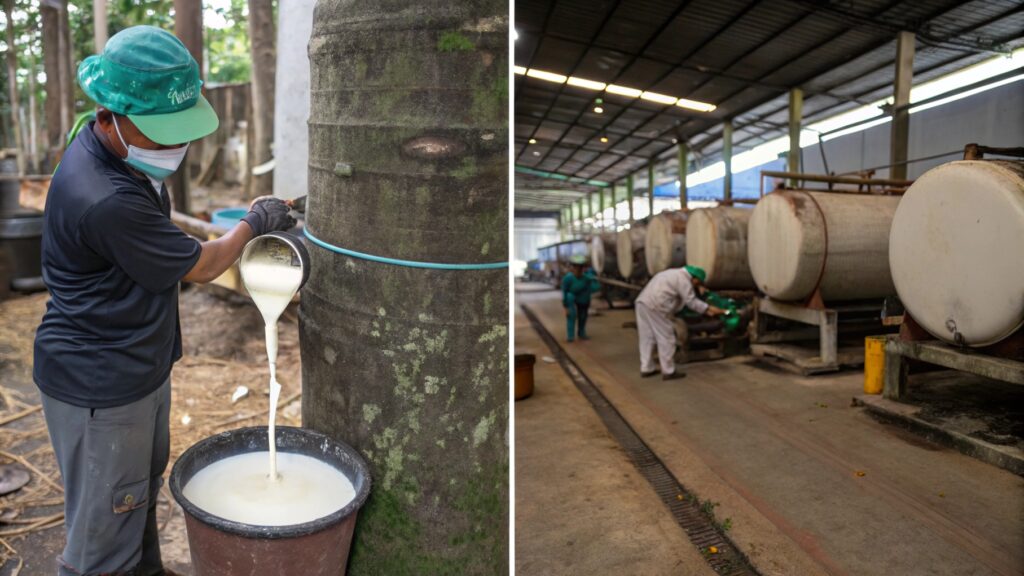
When the raw latex arrives at our factory, it looks much like the latex arriving at a glove factory. It's a milky white liquid. This initial phase is quite universal. But then the paths diverge.
Initial Processing (Similar)
- Collection: Natural rubber latex comes from rubber trees. It is collected as a milky sap.
- Concentration: The sap is then concentrated. This happens through centrifugation. This removes water and impurities.
- Stabilization: Chemicals are added. These prevent the latex from clotting prematurely. They keep it stable for transport and storage.
Compounding and Formulation (Different)
- Latex Balloons: We add pigments for color. We also add other compounds. These make the balloons very stretchy. They help them inflate easily and hold air. The formula is all about elasticity and visual appeal.
- Latex Gloves: Glove manufacturers incorporate vulcanizing agents. They add accelerators and antioxidants. These are for strength, durability, and resistance to chemicals or punctures. For medical gloves, the formulation also considers protein levels to reduce allergic reactions.
So, while the starting point is the same natural rubber latex, the specific "recipe" for each product is unique. This is what Vincent, our Vice General Manager, always emphasizes. The right formulation is key to the product's performance.
Conclusion
The core process of dipping is shared by latex balloons and gloves. However, the specific additives, machinery, and quality controls differ greatly. This makes each product unique.
-
Explore the unique production methods and innovations in the latex balloon industry. ↩
-
Discover the intricate processes and standards involved in producing latex gloves. ↩
-
Find out how quality control ensures the safety and effectiveness of latex products. ↩
-
Understand the properties and applications of natural rubber latex in various industries. ↩
-
Learn about the dipping method that is crucial for creating latex products. ↩
-
Explore how puncture resistance is achieved in latex gloves for safety. ↩
-
Find out the techniques used to ensure vibrant and consistent colors in balloons. ↩
-
Understand the significance of tensile strength in ensuring glove durability. ↩
-
Explore the role of beading machines in creating high-quality latex balloons. ↩
-
Explore the curing processes that enhance the durability and performance of latex items. ↩
-
Learn about the critical sterilization processes for medical latex gloves. ↩
-
Discover the stringent standards that medical latex gloves must meet. ↩
